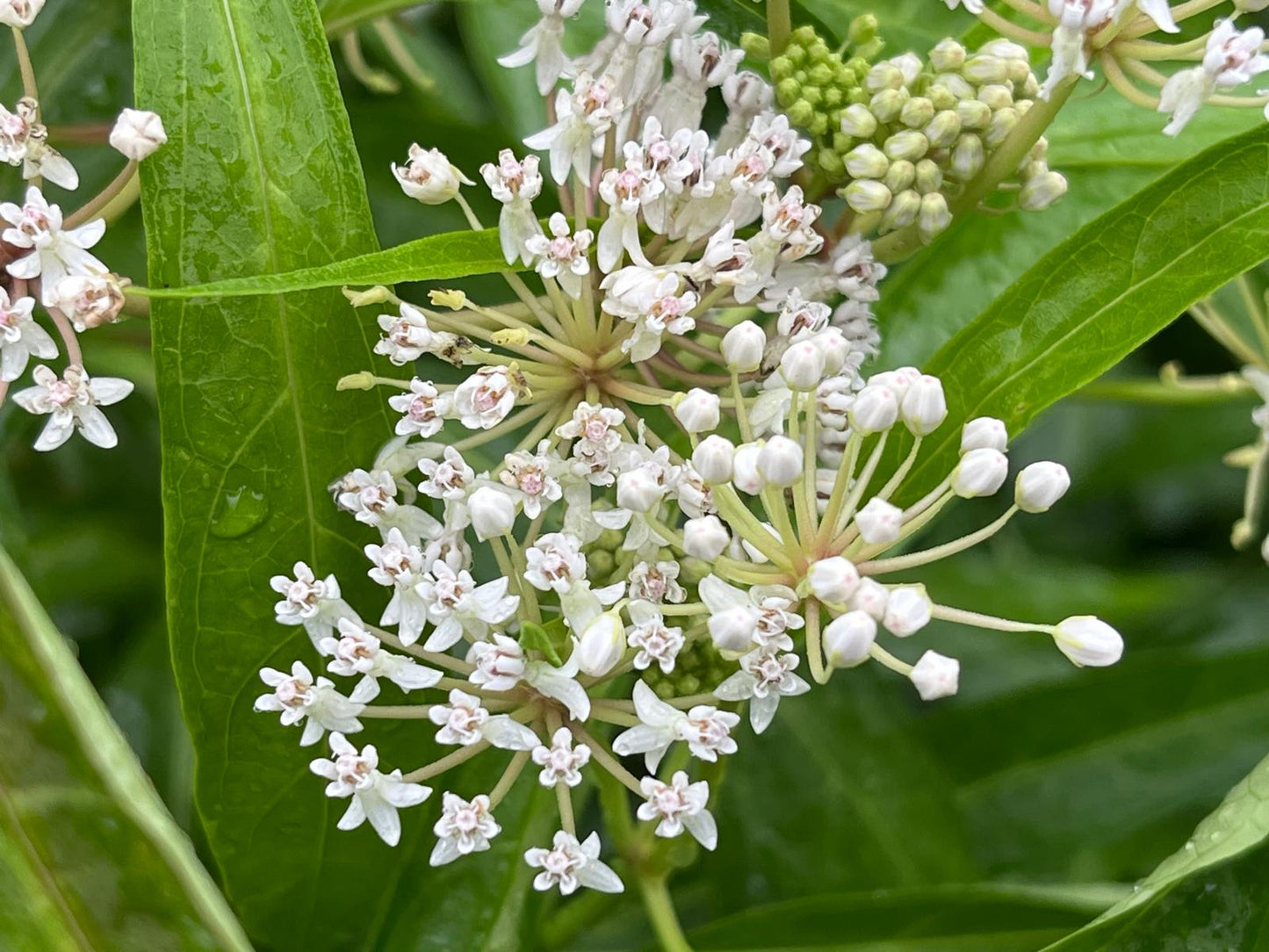Native Milkweed White (Asclepias Perennis) – 5 Qty Bundle Special 1 Gallon
Native Milkweed White (Asclepias Perennis) – 5 Qty Bundle Special 1 Gallon
Couldn't load pickup availability
USDA Hardiness Zones 5 to 9
Native Milkweed White (Asclepias Perennis) – 1 Gallon for Sale! 🌿🦋
Bring beauty and biodiversity to your garden with Native White Milkweed (Asclepias Perennis), a rare and stunning Florida-native variety. With its delicate white blooms and ability to thrive in moist soils, this milkweed is a must-have for butterfly enthusiasts and pollinator-friendly landscapes. It serves as a vital host plant for Monarch and Queen butterflies, providing essential nourishment for caterpillars while attracting bees and other beneficial pollinators.
🌱 Why Choose White Milkweed?
Essential host plant for Monarch and Queen butterflies
Beautiful white blooms that brighten any garden
Thrives in wet to moderately moist soil – great for rain gardens and pond edges
Locally grown at Flowing Well Tree Farm
Native White Milkweed (Asclepias perennis) has similar soil preferences to other milkweed species, but it thrives in slightly wetter conditions. Here are its soil requirements:
Soil Type: It grows best in moist, well-drained soils. It can tolerate a variety of soil types, including loamy, sandy, and even slightly clay soils, as long as they are not waterlogged. It is typically found in areas with more consistently moist soil, such as near wetlands or the edges of streams and ponds.
pH Level: White Milkweed prefers slightly acidic to neutral soil, with an ideal pH range of 6.0 to 7.5.
Moisture: This species prefers consistently moist soil but can tolerate periods of dryness once established. However, it will perform best in wetland or riparian conditions with regular moisture.
Soil Fertility: While not overly picky about fertility, it benefits from soils that are rich in organic matter. Well-drained, fertile soils will support better growth.
In summary, Native White Milkweed does best in moist, well-drained soils with moderate fertility, and it thrives in areas with consistent moisture, like wetlands or streamside locations.
Share




